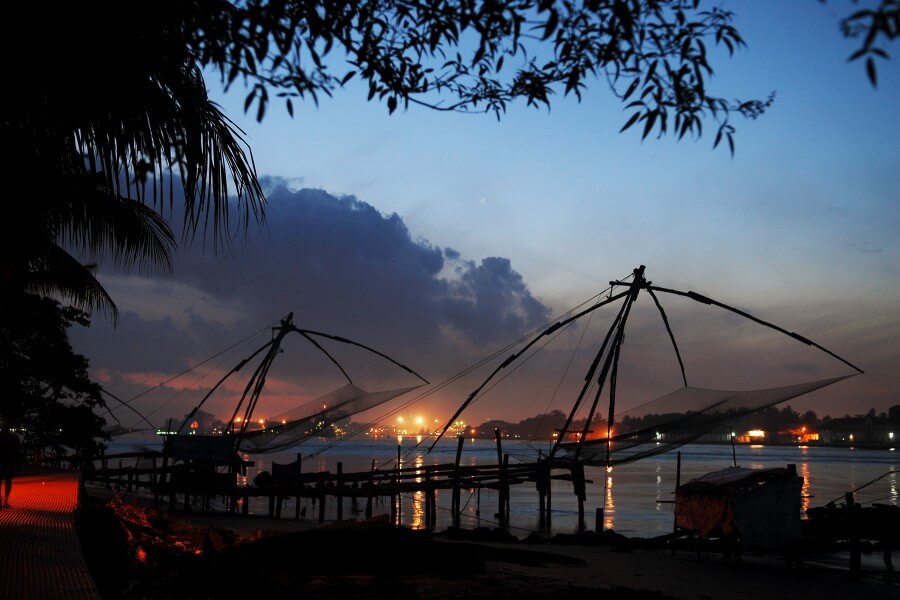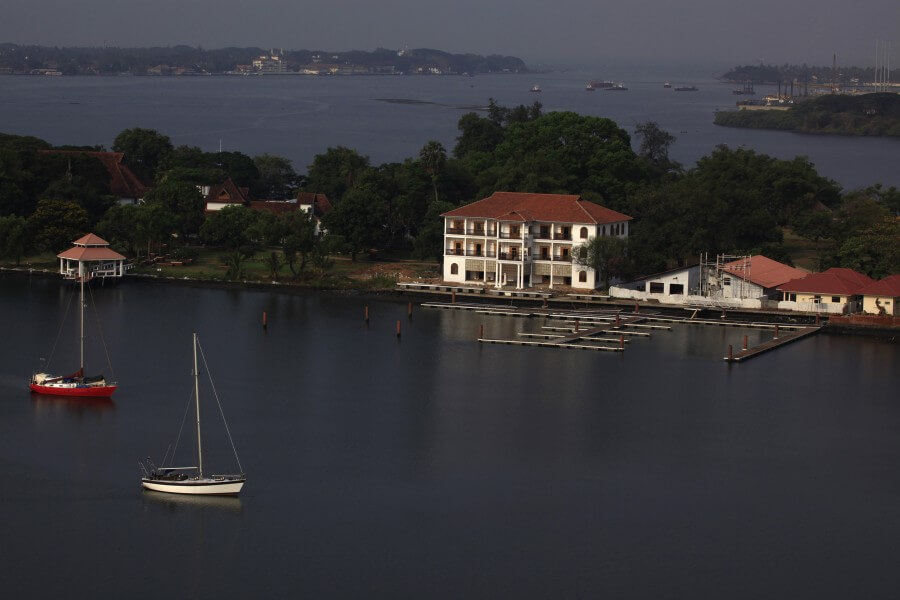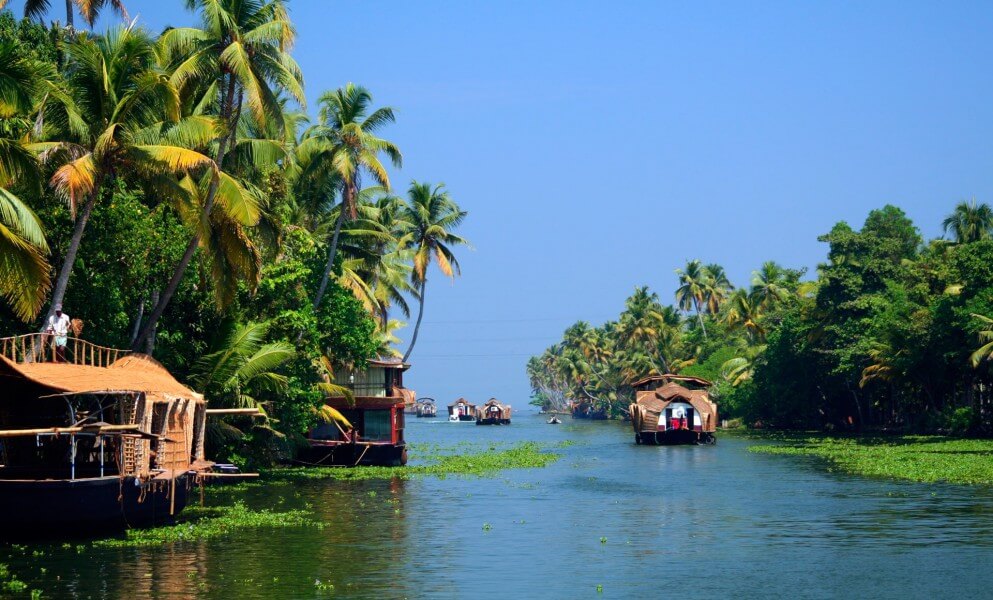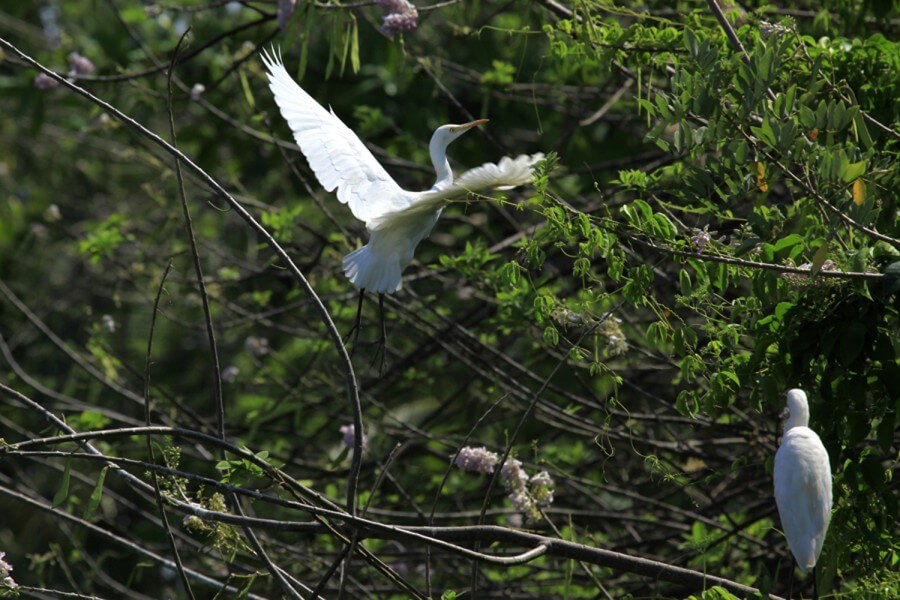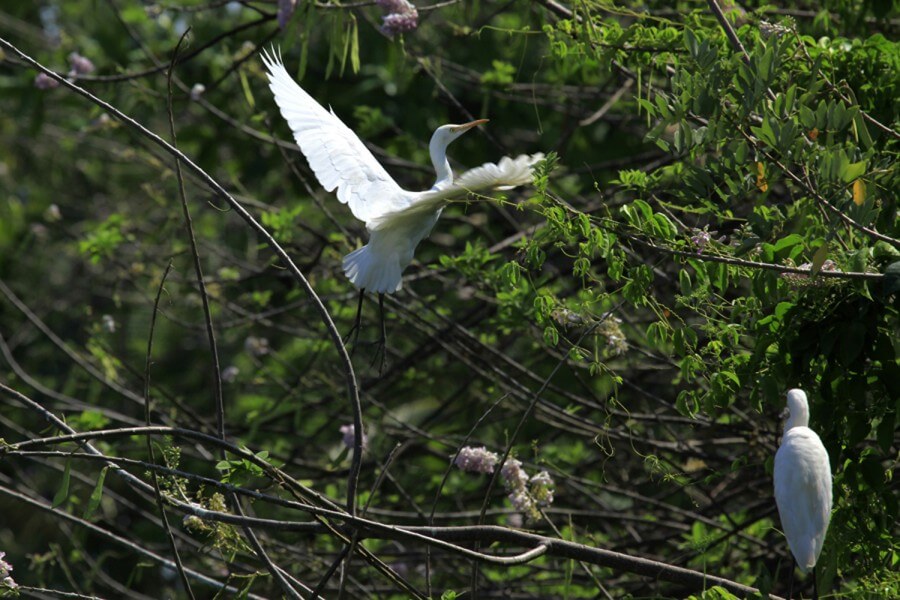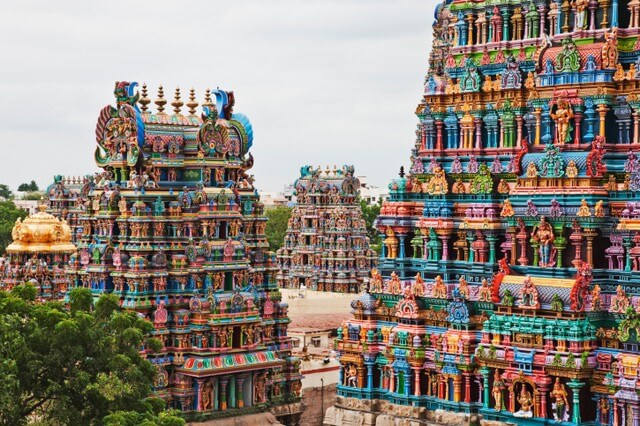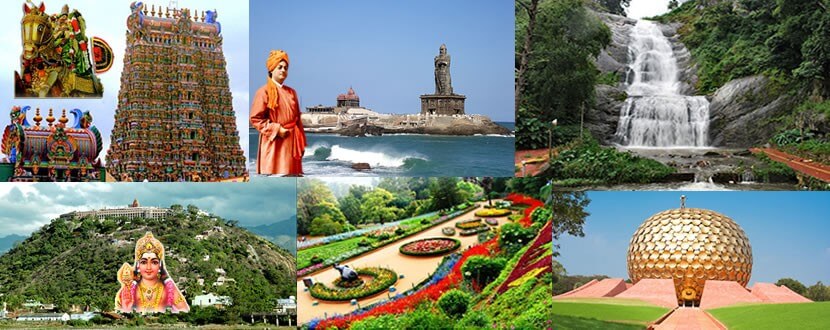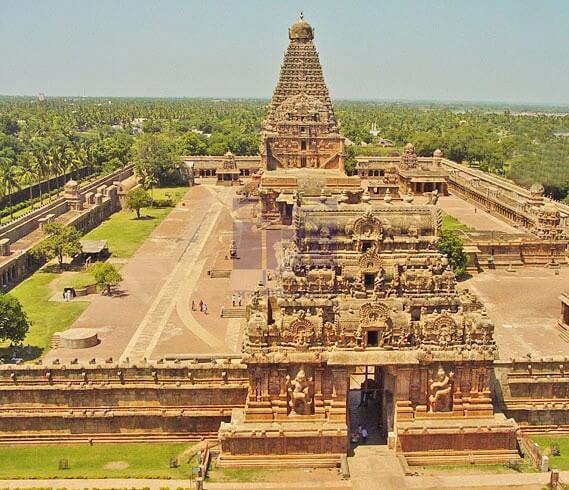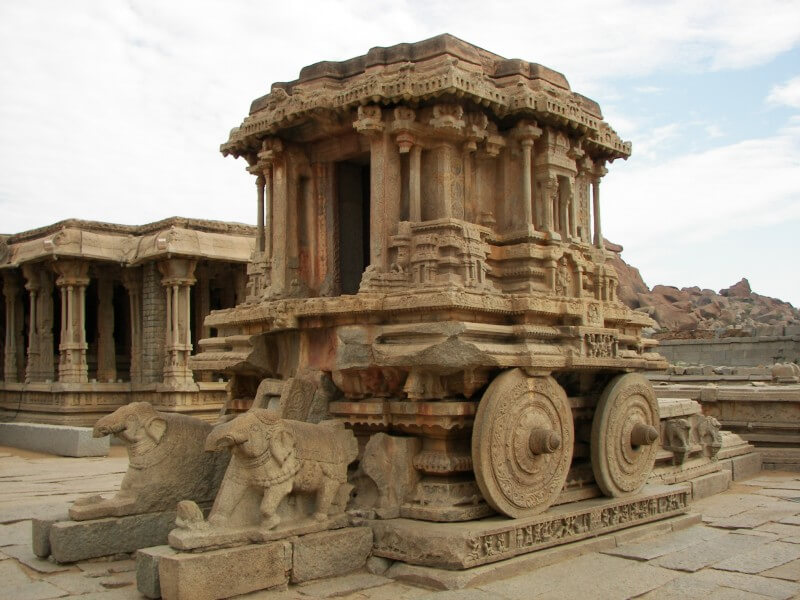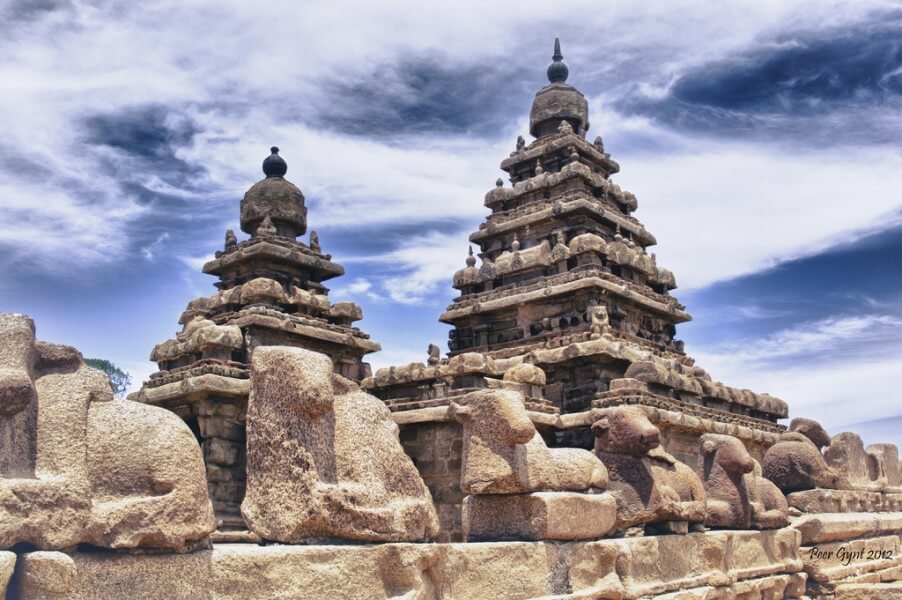Enjoy an orientation tour of Kochi. Visit Jewish Synagogue (Closed on Friday & Saturday) built in 1568. Scrolls of the Old Testament and a number of copper plates inscribed in Hebrew script are preserved here. The building was destroyed by the Portuguese in 1662 and rebuilt by the Dutch two years later.
Also visit the Mattancherry Palace, built by the Portuguese in 1555. The Palace was presented to the Raja of Cochin as a gesture of goodwill. This was also known as the Dutch Palace (Closed on Friday), resulting from substantial renovation by the Dutch after 1663. The central hall was the Coronation Hall of the Rajas. Their dresses, turbans and palanquins and murals from Hindu mythology are all beautiful and worth seeing.
On the beach near the church you will see the so-called Chinese Fishing Nets, strung out along the tip of the peninsula. These are used at high and low tides, but not whilst tides are ebbing or flowing, and operate by a system of counterweights. It is said that this style of net was introduced to Kochi by traders from the court of Kublai Khan.
Optional: watch Kathakali dance. The most spectacular forms of dance-drama in India, the origins of Kathakali go back 500 years, and full performances start in the evening and last through the night. The shorter shows put on for visitors last about one-and-a-half hours. Kathakali is much more than a dance: it includes music, yoga, mime, use of gestures and facial expressions. The performance is preceded by an intensive make-up process that uses only natural materials. Dancers use powdered minerals and tree sap for facial make-up, and burnt coconut oil for black paint.
Overnight in the Hotel.
Activities
Pardesi Synagogue
Chinese Fishing Net, Cochin
Optional
Enjoy a mesmerising Kathakali dance performance
Pardesi Synagogue
This Synagogue was built by Samuel Castiel, David Belila, Ephrahim Sala and Joseph Levi. It stands on the grounds of the Maharaja of Cochin's residence. It is the first Synagogue which came into existence in the commonwealth and is one of the oldest in the world
Chinese Fishing Net, Cochin
The huge cantilevered Chinese fishing nets that that droop towards the waters like over-sized hammocks have become a hallmark that represents Fort Kochi on the tourist map. Once just a fishing accessory, it is a now a big bait for tourists.
Chinese fishing nets - Cheenavala in Malayalam - is believed to have been introduced in Kochi by Chinese explorer Zheng He, from the court of the Kubla Khan. The fishing net established itself on the Kochi shores between 1350 and 1450 AD.
The sight of the Chinese nets, suspended in mid air and standing in line on the beaches, when silhouetted against the sunset is breathtakingly beautiful. It is, undoubtedly, one of the most photographed sights in Kochi.
For the best view of the nets, head to the Vasco da Gama Square, the narrow walkway that runs along the Fort Kochi beach.
The Chinese nets, made of teak wood and bamboo poles, work on the principle of balance. Each structure, about 10m high, is fixed on the beach and has a cantilever with an attached net that is spread over an area of about 20 meters. Counterweights, usually stones about 30 cm in diameter, tied to ropes of different lengths, facilitate the working of the nets. Often, lights, attached to the teak posts. are suspended above the net to attract fish.
Each fishing net is operated by more than four fishermen and is made in such a way that the weight of a man walking on the main plank is enough to cause the equipment to be pulled down into the sea. Fishing is usually done in the morning and early evening. The net is descended into the water for a short time and then raised delicately by pulling on the ropes. The slow rhythm and balancing of the net is spellbinding to a first-time viewer.
Enjoy a mesmerising Kathakali dance performance
Gear up for an enchanting and exhilarating experience as the Hi! Tours representative will arrange for a beautiful Kathakali dance performance for you in the port city of Kochi. As the dancers will enter the stage in colourful dramatic costumes, you will get amazed with the sheer grandeur and aura, the dancers bring along with them. The classical music being played in the backdrop will slowly soothe your mind, transforming your soul into some other world.
The designated person from Hi! Tours will receive you in Kochi, the colonial name of which is Cochin. Situated on the south-western coast of peninsular India, the city has earned the sobriquet, ‘Queen of the Arabian Sea’. This is because of this strategic location that has served traders from ancient times. Owing to such strong trade relationship with the outside world, the architecture is reminiscent of various cultures like Dutch, Portuguese and British.
As you reach the city, the representative will take you to witness a mesmerising performance by Kathakali dancers.
A traditional dance form of the state of Kerala, Kathakali literally signifies story play. This means that the dancers enact a story with their hand movements and expressions, without any dialogue. Initially a dance form perform by only men, it has now accepted women dancers too. Since the entire focus of the dance is on acting or abhinaya, the costumes used are very dramatic, loud, huge and ornate. Another important aspect of this dance is the facial make-up. The make-up is done with fine detailing and is very intricate. It is so dense that it almost looks like a dancer is wearing a colourful mask. The dance performances are usually a narration of episodes from ancient mythological stories like the Ramayana and Mahabharata.
Read more
Kochi , 2 nights

